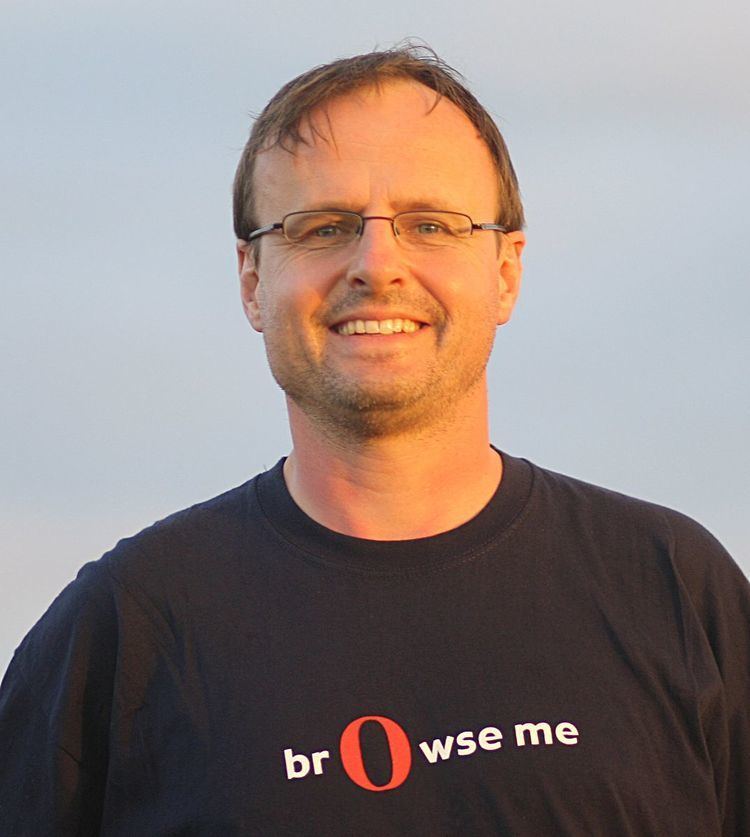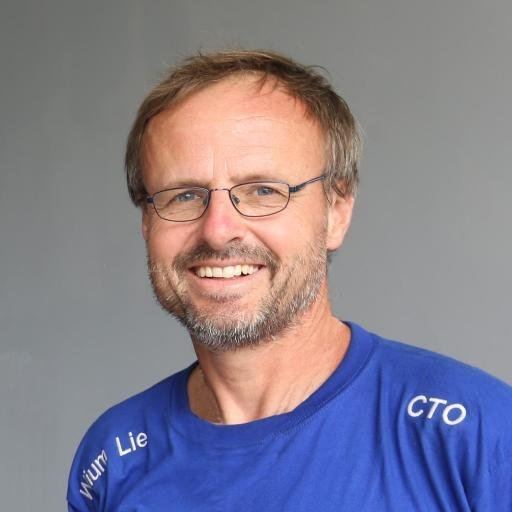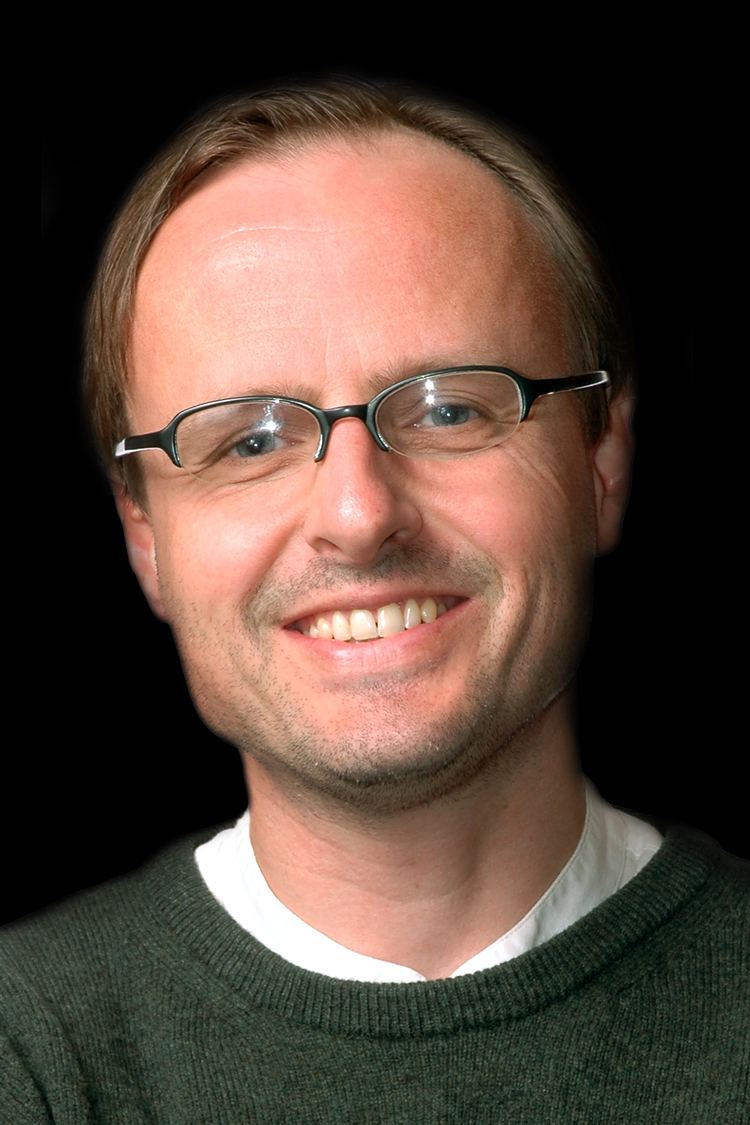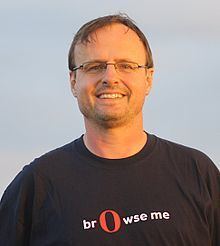Known for Cascading Style Sheets | Name Hakon Lie | |
 | ||
Occupation Chief Technology Officer of Opera Software Website Personal homepage of Hakon W. Lie | ||
Interview with ha kon wium lie inventor of css
Håkon Wium Lie (born 1965 in Halden) is a Norwegian web pioneer, a standards activist, a politician for The Pirate Party of Norway, and, as of 2016, the Chief Technology Officer of Opera Software.
Contents
- Interview with ha kon wium lie inventor of css
- Interview with h kon wium lie cto opera software
- Education and career
- Personal life
- Awards and recognitions
- References

He is best known for proposing the concept of Cascading Style Sheets (CSS) while working with Tim Berners-Lee and Robert Cailliau at CERN in 1994.

Interview with h kon wium lie cto opera software
Education and career

Håkon Wium Lie attended Østfold University College, West Georgia College, and MIT Media Lab, receiving an MS in Visual Studies in 1991. On February 17, 2006, he successfully defended his PhD thesis at the University of Oslo.

His PhD thesis is background to the origins of CSS and a rationale to some of the design decisions behind it – particularly as to why some features were not included and why CSS avoids trying to become DSSSL.

While working with Tim Berners-Lee and Robert Cailliau at CERN in 1994, he proposed the concept of Cascading Style Sheets (CSS) As an employee at W3C, he developed CSS into a W3C Recommendation with Bert Bos. As a showcase and testbed, he integrated CSS into the Arena web browser. CSS is one of the fundamental web standards, with profound impact on typography, aesthetics, and accessibility on the web.

Along with his work on the CSS specifications, Wium Lie has been an activist for standards in general. He challenged Microsoft to improve their support for standards in Internet Explorer and proposed the Acid2 test which was later developed and published by the Web Standards Project. He has argued against the use of formatting objects and CSS Regions on the web.

In 2006, Wium Lie started campaigning for browsers to support downloadable web fonts using common font formats. As of 2011, all major browser vendors have implemented web fonts this way. In 2007, Wium Lie started campaigning for the video element to make it easier to publish video on the web.

Wium Lie has also promoted the concept of printing from the web. His book on CSS, co-authored with Bert Bos, was produced from HTML and CSS files. These files were then converted to PDF by the Prince XML + CSS formatter. In 2005, he joined the board of YesLogic, the company that makes the Prince formatter.
Building on his experience with web printing, in 2011 Wium Lie proposed to extend CSS to support pagination on screens.
He has worked for, among others, the W3C, INRIA, CERN, MIT Media Lab, and Norwegian telecom research in Televerket.
Personal life
Wium Lie lives in Oslo, Norway. There, he has started web-based campaigns against high-rise buildings and advertising in the public space. Wium Lie also maintains a woodworking studio and runs an organic farm.
Awards and recognitions
In 1999, he was named to the MIT Technology Review TR100 as one of the top 100 innovators in the world under the age of 35.
